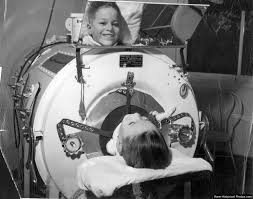
Polio was one of the most feared diseases in the world, and its devastating effects left scars in the hearts and minds of millions. From the early 20th century until the late 20th century, polio outbreaks crippled entire populations, causing widespread fear and panic. But through the tireless work of scientists, doctors, and volunteers around the globe, polio was eventually eradicated—changing the course of public health forever. This article seeks to remind people of the struggle, the victory, and the lessons learned from the polio epidemic. It will explore the origins, the impact, and the triumph of polio eradication, while drawing parallels to other global health crises like COVID-19 and the Spanish flu.
1. The Origins of Polio: A Silent Threat
Polio, or poliomyelitis, is a highly contagious viral infection that primarily affects children under five years old. The disease is caused by the poliovirus, which attacks the nervous system and can lead to paralysis, respiratory failure, and even death. The first documented case of polio dates back to ancient Egypt, but it was not until the late 19th century that it became a major public health concern. Throughout the early 20th century, polio outbreaks became increasingly common, particularly in the developed world. The virus spread rapidly, often causing widespread panic as it left countless children paralyzed or dead.
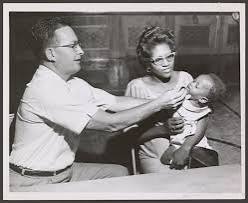
2. The Rise of a Global Pandemic
Polio outbreaks in the early 20th century were sporadic but devastating. The disease had a long incubation period, which meant that people could spread the virus without showing symptoms, making it incredibly difficult to control. The first major outbreak occurred in the United States in 1916, where more than 6,000 people died, and tens of thousands were left paralyzed. Over the following decades, polio continued to spread across the world, peaking in the 1940s and 1950s.
The disease was especially feared because of its devastating effects on children. It was not uncommon for children to be hospitalized in large iron lungs—machines that helped them breathe when polio paralyzed their respiratory muscles. These devices became symbols of the battle against the disease, and they represented the terrifying unknown that parents and doctors faced when a polio outbreak occurred.
3. The Battle Against Polio: Scientific Breakthroughs and Vaccines
The first glimmer of hope came in the 1950s when researchers began to make strides in developing a polio vaccine. It was a race against time, and the world watched eagerly as scientists worked tirelessly to create a solution. Two key figures emerged during this time: Jonas Salk and Albert Sabin.
Jonas Salk: The Inactivated Pioneer
Dr. Jonas Salk was a calm, methodical, and deeply focused physician-researcher at the University of Pittsburgh. He believed in using an inactivated (killed) virus to provoke the immune system. This approach, while considered safer, was not the consensus among virologists at the time. Many experts believed that only a live virus could create lasting immunity. Salk defied that orthodoxy.
With support from the National Foundation for Infantile Paralysis, Salk and his team began working relentlessly. He cultivated the three known types of poliovirus in monkey kidney cells, then inactivated them with formaldehyde—a method previously used for influenza vaccines. The result was a “dead” virus that could not replicate but still trained the body’s immune system to recognize and fight the real pathogen.
In 1952, Salk began small-scale trials. The results were promising. But the true test came in 1954, with one of the largest clinical trials in medical history. Over 1.8 million children participated across the United States. Some received the real vaccine. Others received a placebo. The trial was double-blind, meaning neither the administrators nor the recipients knew who got what.
The nation held its breath. On April 12, 1955, the results were announced: the Salk vaccine was “safe, effective, and potent.” Church bells rang across the country. People wept in the streets. Doctors embraced. It was the closest thing to a miracle many had ever witnessed.
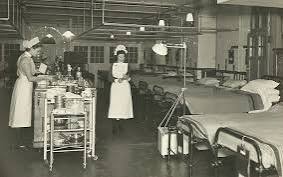
Albert Sabin: The Oral Warrior
Albert Sabin, a Polish-American virologist with a more fiery personality than Salk, believed in a different approach. He argued that the best way to stop polio was not just to prevent disease, but to prevent infection entirely. And to do that, he needed a live, attenuated virus—a weakened form of the poliovirus that could replicate in the gut without causing paralysis.
Sabin’s oral vaccine had several advantages. It mimicked natural infection more closely, creating strong and lasting immunity. Even better, it could be administered orally—on a sugar cube, a spoon, or even a drop of syrup. No needles. No crying children. And perhaps most crucially, vaccinated individuals would shed the weakened virus in their feces, helping immunize others in close proximity. In poor and densely populated areas, this “passive spread” could be a powerful tool.
After years of testing and refinement, Sabin’s vaccine was ready. But due to political rivalries and scientific conservatism in the U.S., he struggled to conduct trials at home. So, he looked abroad. In the late 1950s, the Soviet Union—with its own desperate need for a polio solution—agreed to partner with Sabin. Over 10 million Soviet children received the oral vaccine in a groundbreaking trial. The results were overwhelmingly positive. Soon, Cuba, Czechoslovakia, Mexico, and other nations followed. Finally, the U.S. adopted the Sabin vaccine in the early 1960s, and it became the standard worldwide.
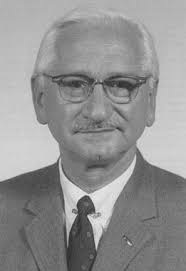
4. Eradication Efforts and the Global Push: From Epidemic to Elimination
The 1980s and 1990s saw polio eradication efforts ramp up, with organizations like the World Health Organization (WHO), the United Nations Children’s Fund (UNICEF), and the Global Polio Eradication Initiative (GPEI) leading the charge. By this time, the development of the oral vaccine had proven to be a game-changer, and polio was nearly eradicated in many parts of the world.
However, the fight was far from over. Polio remained endemic in a handful of countries, including India, Nigeria, Pakistan, and Afghanistan. The effort to reach every child with the vaccine was met with numerous challenges: political instability, resistance from communities, and logistical hurdles in delivering vaccines to remote or war-torn regions. Despite these setbacks, the global push continued. By the early 21st century, polio cases had dropped by more than 99%, and it seemed that the disease would soon be a thing of the past.
5. The Parallels with COVID-19 and the Spanish Flu
The history of polio is not just a tale of scientific triumph but a reminder of the importance of global collaboration, the fight against misinformation, and the role of vaccines in protecting public health. The COVID-19 pandemic, which began in late 2019, has drawn many comparisons to the polio epidemic, both in terms of the widespread fear it instilled in the global population and the efforts required to develop and distribute a vaccine. Much like polio, COVID-19 disproportionately affected vulnerable populations and posed a massive challenge for healthcare systems worldwide. The success of the polio vaccine campaigns offers hope that we can one day similarly conquer the COVID-19 virus.
Similarly, the Spanish flu pandemic of 1918-1919 offers another striking parallel. Both diseases spread rapidly across the globe, killing millions and leaving societies scrambling to contain their impact. Like polio, the Spanish flu was a reminder that we are vulnerable to pandemics and that public health is something that requires constant vigilance and investment.
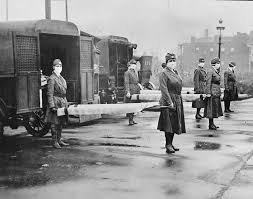
Conclusion: A Legacy of Triumph and a Cautionary Tale
The eradication of polio stands as one of the greatest triumphs of modern science. It serves as a testament to what can be achieved when humanity comes together to fight a common enemy. It is a story of tragedy and victory, of fear and hope, and of the relentless pursuit of a solution to one of the world’s deadliest diseases. But it is also a cautionary tale, reminding us that the fight against infectious diseases is never truly over.
As we confront new global health challenges like COVID-19 and the looming threat of other pandemics, the lessons of polio are more relevant than ever. Without the tireless efforts of medical researchers, healthcare workers, and global organizations, we would not have been able to overcome this once-feared disease. And just as importantly, it reminds us that science and public health are our greatest tools in the fight against diseases that threaten our survival.

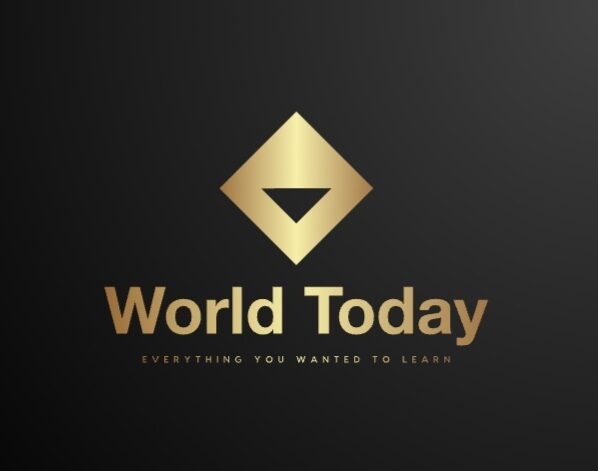
Keeping it real brother. I love your site.
Thank you so much, brother!